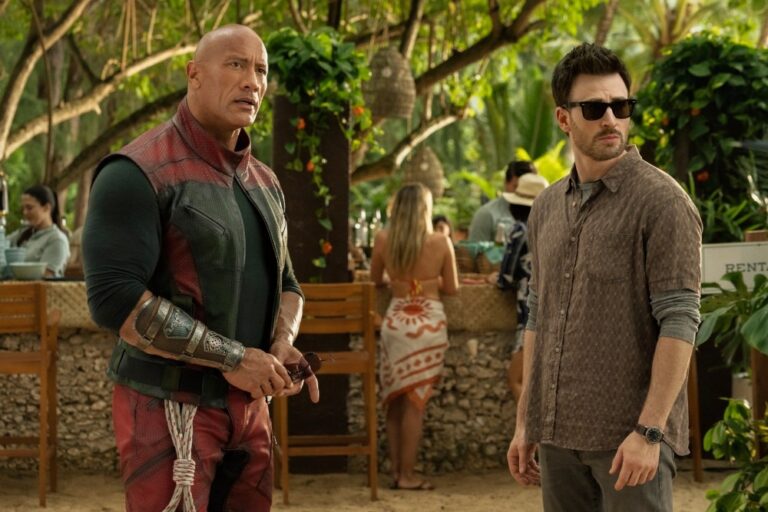OFCS members answer the question:
Has the current craze for handheld and queasicam generally contributed positively to the look and feel of films, or has it generally been a fad that has been handled badly and that should go away?
Read responses after the jump.
Daniel Carlson:
I think, for the most part, it’s been poorly handled. The use of handheld cameras can give a sense of immediacy and urgency, but too often it comes at the expense of clarity and understanding just what’s happening in a given scene. For instance, the Transformers films aren’t (just) terrible because they have nonsensical plots; they also make it impossible to see what’s going on in any of the interminable action scenes, favoring rapid cuts and shaky framing over real suspense. You can only get really involved in an action scene when you have a sense of what’s at stake, and that means having the presence of mind to show the viewer what’s happening and where. The sub-genre of POV films like Cloverfield take this problem to the extreme and become a way for the filmmaker to avoid making tough choices about blocking a scene when they can just wiggle the character’s camera around and run away.
Wesley Lovell:
Please send it away. There might be a sense of realism that fits well in certain films, but some directors use it so excessively that it draws the audience out of the action and brings attention to itself. It’s appropriate for a film like Cloverfield which takes place entirely in front of a camcorder, but movies like Harry Potter and the Deathly Hallows Part 1 don’t really have a need to use it. You have crisp, fluid, sophisticated shots and suddenly you’re thrust with a fast-moving, hard-to-follow handheld shot. It may have a narrative punch drawing attention to itself like that, but tonally it’s distracting. And it may be an inventive method of expression, most often they are handled so poorly that you can’t tell what’s going on in a scene, which is very frustrating.
Robert Roten:
The current craze for handheld shots has not contributed positively to the look of films, but it has enabled some filmmakers, such as those who made Monsters, Cloverfield, and The Blair Witch Project to make very low-cost films that appear to be more authentic in their depiction of perceived reality. These films appear to be like documentaries, so the shaky, amateurish camera shots actually give the film more of an aura of authenticity. This is a classic case of turning a weakness, lack of cash, into an advantage.
I’m all for making the filmmaking process more affordable and democratic. Inexpensive, hand-held camera equipment contributes to that worthy goal. However, I find excessive camera movement to be irritating. In some cases, the movement of a hand-held camera can make it impossible to actually see what is going on in an action scene. It can obscure rather than depict action. This technique was used brilliantly in Children of Men but the same technique, in less skilled hands, makes some scenes unwatchable in some other films. These handheld and queasicam shots should be done judiciously by cameramen who have mastered the art, not just for a cheap effect.
Felix Vasquez Jr.:
They’re meant to be statements about voyeurism. Why else would anyone be interested if they didn’t feel like people peeking in to something amazing? Diary of the Dead, Cloverfield, REC all did it perfectly.
Phil Villarreal:
It’s another tool for filmmakers to use, but can be a cliched crutch that weakens films. All in all, it’s better to have it available to use or discard than not.



